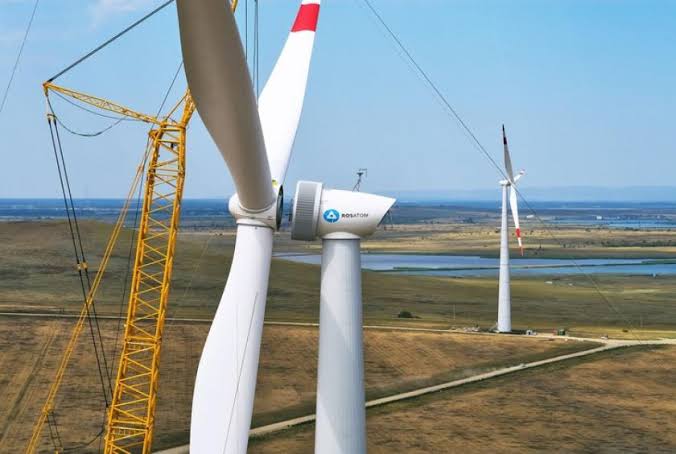Rosatom and Myanmar’s Zeya Partner on 200 MW Wind-Power Project Near Mount Popa

Mandalay, The Gulf Observer: Russian state-owned energy firm Rosatom and Myanmar’s Zeya & Associates are set to implement a 200 MW wind-power project near Mount Popa in Mandalay Region’s Kyaukpadaung Township.
Mandalay Region Chief Minister U Myo Aung met with Zeya and Rosatom executives at his office in Mandalay on Tuesday, according to the Ministry of Electricity. During the meeting, the executives briefed him on their plans for the project, including the proposed locations for wind turbines.
Zeya & Associates Co. Ltd, a subsidiary of the RGK+Z&A Group of Companies, is led by Group CEO Zeya Thura Mon, who is a prominent junta crony. In June 2023, he was part of a junta delegation to the St. Petersburg International Economic Forum, where Myanmar’s Electricity Ministry signed two memoranda of understanding with Rosatom subsidiary NovaWind, Zeya, and another Myanmar company to launch feasibility studies for wind-power projects.
The plans for the 200 MW wind-power project were finalized following a feasibility study that identified Kyaukpadaung near Mount Popa, a dormant volcano and pilgrimage site about 50 km southeast of Bagan, as a suitable location.
Zeya Thura Mon also signed another memorandum of understanding with Rosatom to develop non-energy nuclear technologies in Myanmar, focusing on processing products using ionizing radiation.
Since the 2021 coup, blackouts have worsened across Myanmar as electricity production has plummeted by at least a third. Analysts attribute this decline to economic mismanagement by the junta. According to the Electricity Ministry, average daily electricity demand across Myanmar is 4,400 MW, but only half—an average of 2,200 MW—can currently be generated.
The country relies on thermal power plants, but a decrease in the availability of natural gas has led to a loss of approximately 300 MW of capacity, according to the junta. The ministry also cited damaged power lines and natural disasters as contributing factors.
At Tuesday’s meeting, the Mandalay Region chief minister noted that the Electricity Ministry has signed memoranda of understanding for eight wind-power projects across the country, with Rosatom involved in three of them. These include the 200 MW project near Mount Popa, a 116 MW project in Minhla, and a 56 MW project in Mindon, both located in Magway Region.
In September, the junta increased electricity tariffs significantly. The new rates impose a minimum charge of 50 kyats per unit for the first 50 units, escalating to 300 kyats per unit for consumption exceeding 201 units. This marks a drastic increase from the previous maximum charge of 125 kyats per unit, resulting in household electricity bills roughly doubling.
Meanwhile, power cuts have become more severe, with electricity being supplied in shorter intervals. In Yangon, residents reportedly receive an average of eight hours of electricity per day in intermittent four-hour blocks followed by eight-hour outages. In other regions and states, the average daily power supply is even lower, often less than four hours, with reliability remaining a significant issue.


